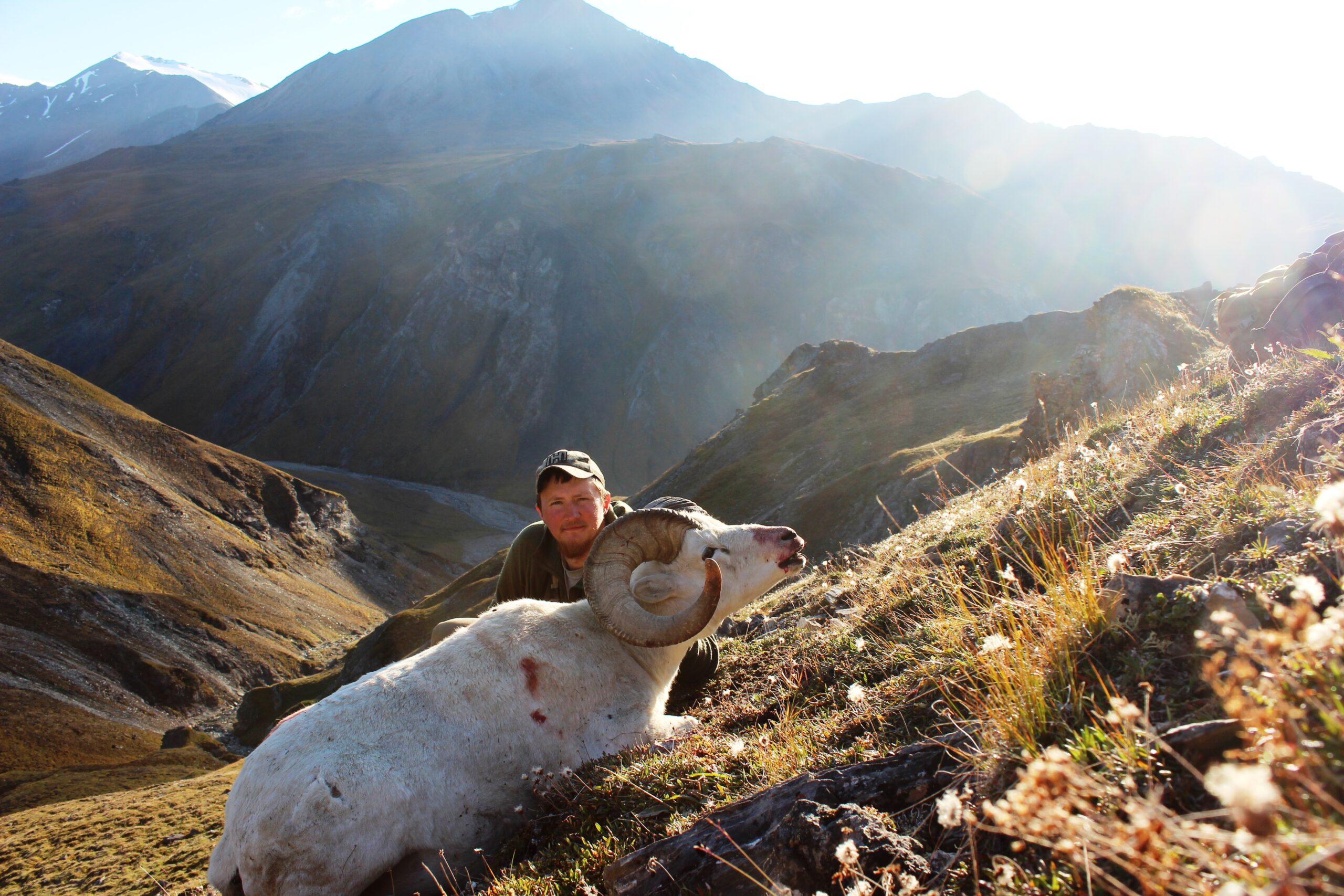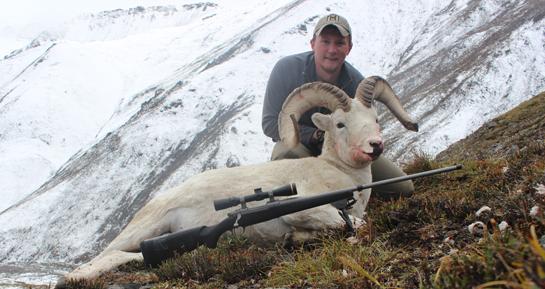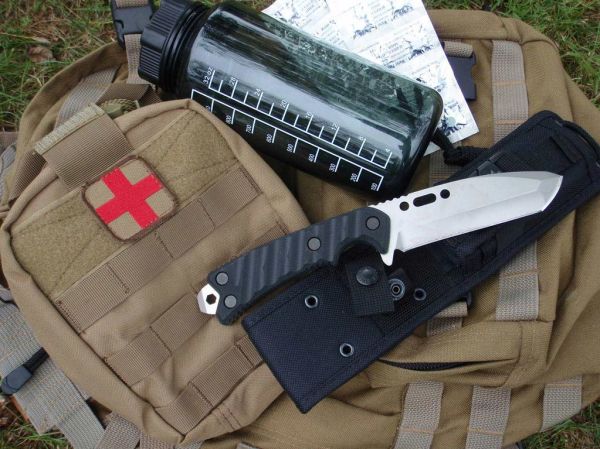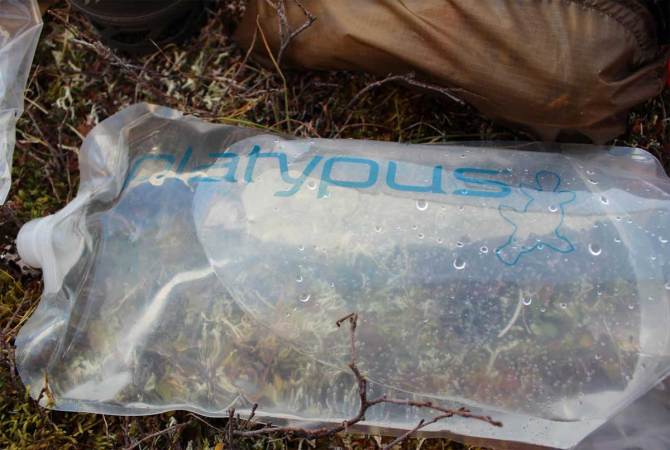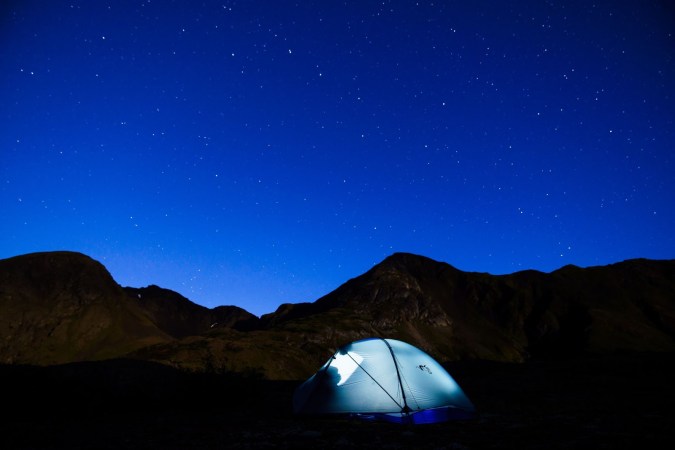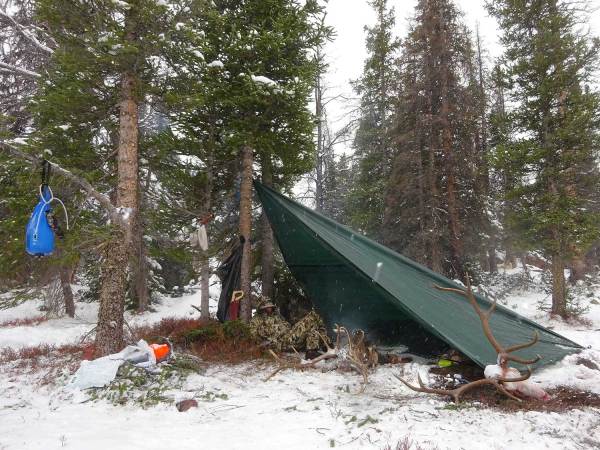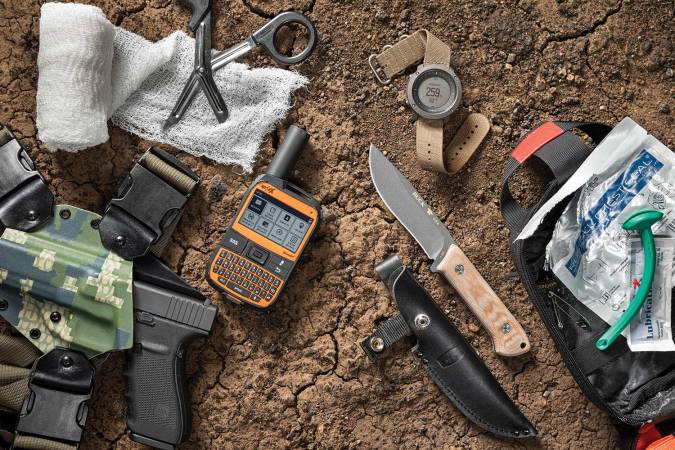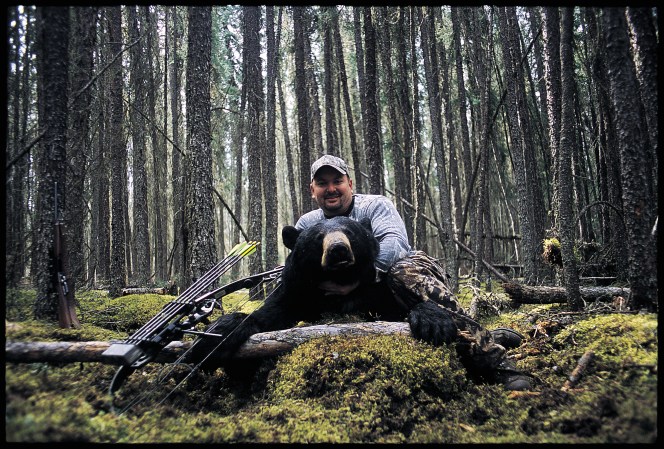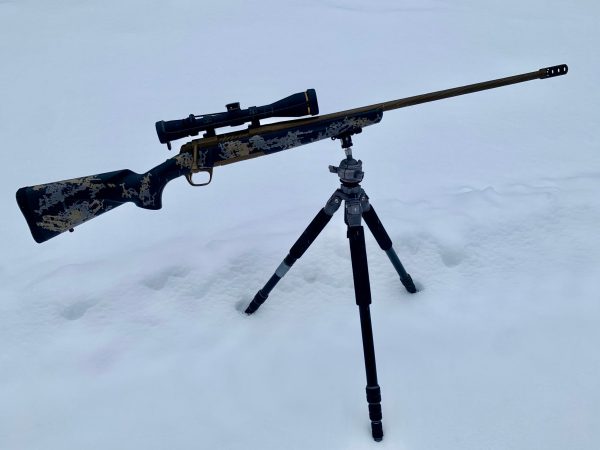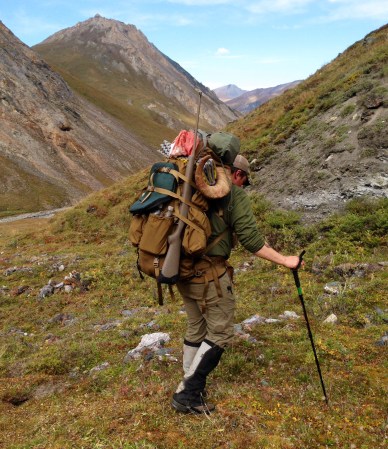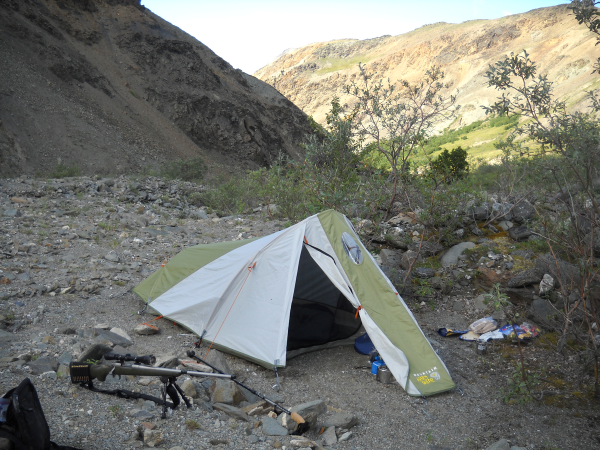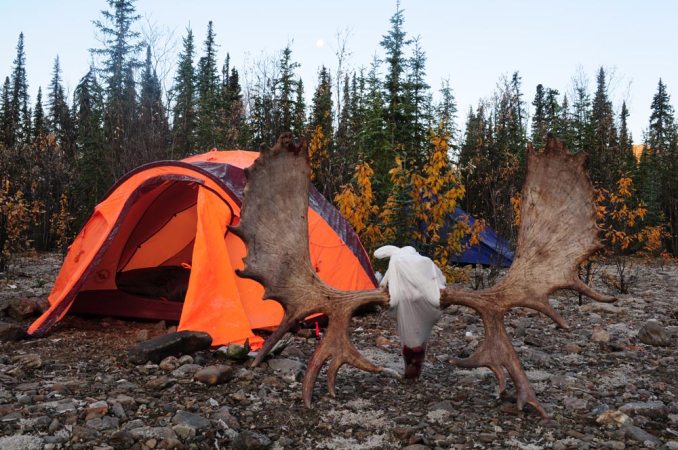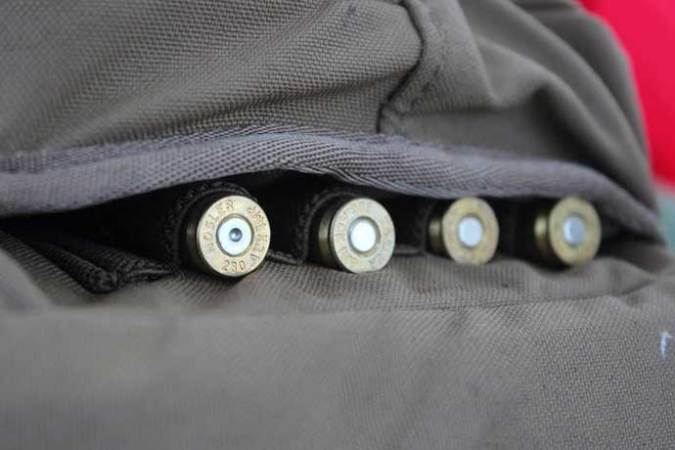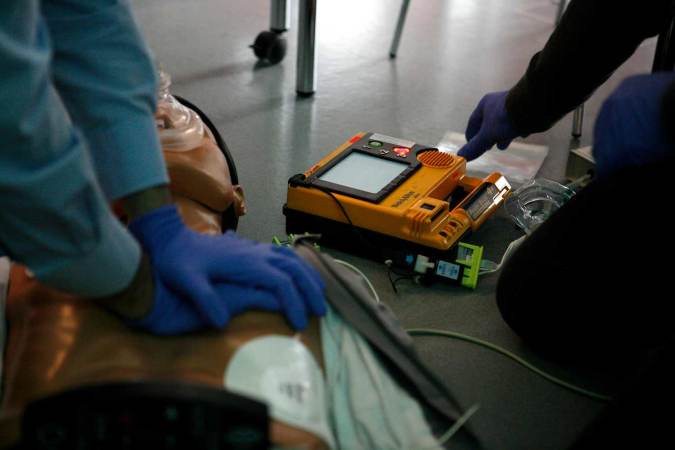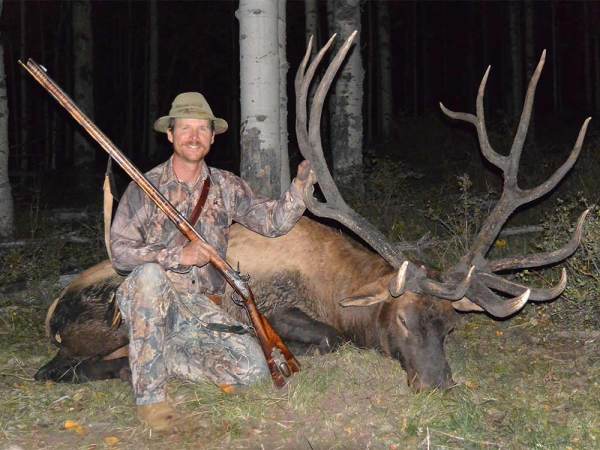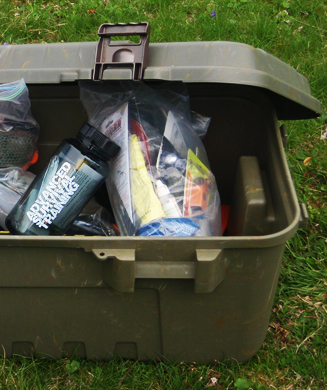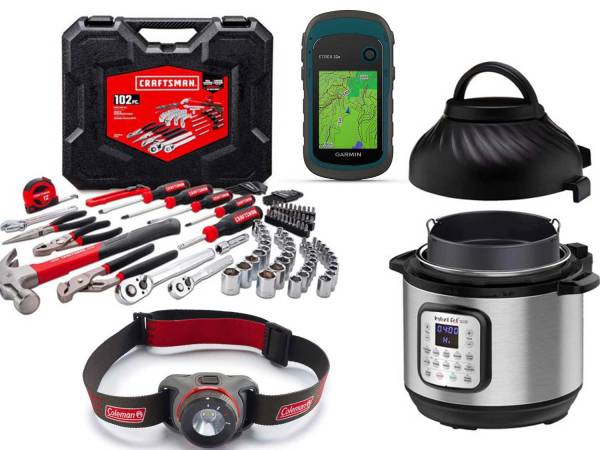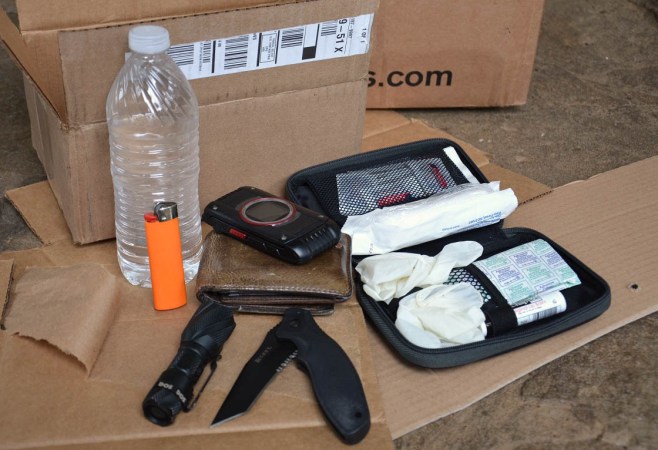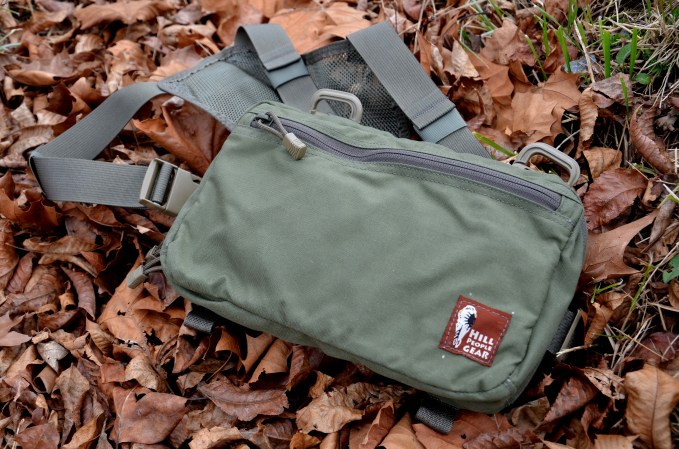We may earn revenue from the products available on this page and participate in affiliate programs. Learn More ›
Although July is more typically associated with barbecues and fireworks than fishing, here in Alaska we’re just a few weeks away from hunting seasons. It’s time to start getting gear ready to go to the high country. I’ve been fortunate enough to have hunted Dall sheep for about 10 years now, and if anything, it has been a learning experience. Sheep hunting, as well as other hunts above treeline, is an activity in which your safety, comfort, and success will be greatly influenced by the correct gear. Some obvious items —good boots, tent, pack, and rifle or bow—will vary greatly depending on taste and hunting area, but here are 10 other items that I never go without.
1. Spotting Scope
For mountain game, optics are everything. You will typically be glassing very long distances over terrain that is tough to cover. Especially for sheep and mountain goats, a quality spotting scope is often the only way to judge whether an animal is worth going after, sometimes from a whole day’s walk away.
2. Binocular Chest Pouch
A good chest pouch for your binocular not only protects your expensive glass from the elements, it prevents your bino from flopping around and it keeps it within easy reach at all times. A key habit of successful mountain hunters is glassing every time they stop walking, and pouches make it a cinch to grab and glass. Most of these chest cases also have pouches where you can keep odds and ends.
3. Glassing Pad
Having a pad to sit on during a mountain hunt can make a huge difference in your comfort and effectiveness. On a sheep, I spend hours sitting and glassing on sharp rocks, wet vegetation, etc., and it can get pretty uncomfortable. A good pad is simple, lightweight, and will keep you from having a cold, sore, wet rump for 10 days straight. My pad is as simple as can be, just a piece of soft foam insulation. Here’s how to make your own.
4. Rain Gear
If you’re lucky, your rain gear will stay in your pack. Worst case, it can save your life. Your selection of rain gear greatly depends on where you’re hunting. In drier areas, it’s not critical to have top-notch rain gear. However for most areas here in Alaska, I only take rain gear that can withstand the worst. I’m a fan of rubber or PVC-type rain gear like Helly Hansen’s Impertech. It’s a little heavy, but unlike breathable fabrics, it will not leak, no matter how long it stays wet. In some situations, it can save your hunt or even your life.
5. Blister Kit/First Aid
Blisters have killed many expensive hunts, and no matter what, you need to be prepared to deal with them. I always bring a blister kit made by Adventure Medical Kits, and it has saved me quite a bit of agony over the years. You should also have a first-aid kit to fit your individual needs. I try to go as minimal as possible, but bandages, ibuprofen, pain meds (if you can get them legally), and athletic or duct tape to tape a sprained ankle are musts.
6. Fire Starters
Everyone knows it’s dumb not to have some kind of fire starter, but it’s a good idea to have sealed matches or small fire kits stashed throughout your pack and on yourself. That way, even if your gear gets soaked or your pack washed down a river, you will still have means to start a fire.
7. Boot Gaiters
Although I went without gaiters for years, they are now permanently on my list. They look a little goofy, but they keep your pant legs from getting excessively muddy, and keep rocks and dirt from getting in your boots while traversing steep shale slopes and the like. They will also enable your $400 set of boots to last much longer.
8. Good Socks
Obviously, you don’t even want to consider cotton, or you’ll be needing more than one blister kit. There’s a large variety of synthetic and wool blend socks to choose from, but I prefer very thin, hot-weather synthetic socks for a couple of reasons. First, my feet don’t get as hot with all the strenuous hiking. Second, thin socks don’t hold as much moisture, so they dry out much faster.
9. Water Purification
Even though there are usually plenty of clean water sources on a sheep hunt here in Alaska, it’s always smart to have some sort of water purification. You never really know what’s in the water though, and sometimes the only sources are less than savory. I’ve used several filters, but I prefer to use Aquamira treatment drops. They are very lightweight, and less of a hassle than dealing with a filter.
10. Trekking Pole
I never go sheep hunting anymore without at least one good trekking pole. Unlike the neon-wearing, tandem-pole joy walkers, trekking poles are very useful for mountain hunting. They make crossing nasty rock slides, creeks, and rivers much safer, as well as reducing the load on your knees while carrying a heavy pack downhill. There are also several shelters that utilize a trekking pole or two as a support, and in a pinch, they can be used as an improvised rest for your rifle.
Those are my high-country essentials. Do you have any to add to the list?

